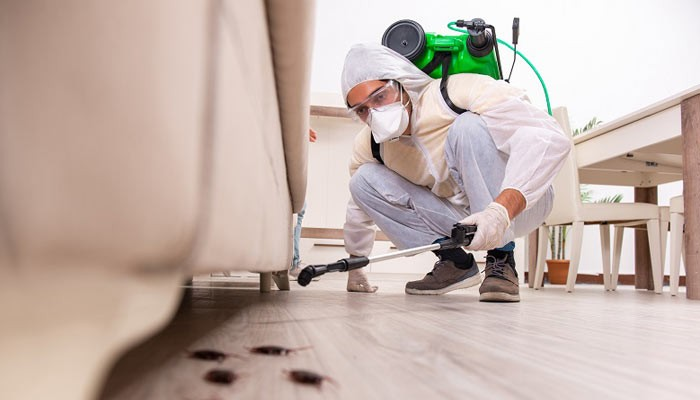Discovering pests in your home can be a stressful and unpleasant experience. Whether ants are marching across your kitchen counter, termites are munching on your wooden beams, or rodents are scurrying in the attic, pest infestations cause damage and pose health risks. However, with the right knowledge and proactive approach, you can effectively address these unwanted visitors and reclaim your peace of mind.
Before diving into pest control strategies, it’s crucial to recognize the importance of regular building inspections, often called vitalbuildinginspection. These inspections are designed to identify potential entry points, conducive conditions, and early signs of pest activity. By scheduling routine inspections, you catch infestations in their early stages, making them easier and cost-effective to address.
Identify the Pest
The first step in dealing with pests is to find the culprit accurately. Different pests require different control methods; identifying the species leads to effective treatment. Consult a professional pest control expert or your local cooperative extension service if you need more time. They have valuable insights and recommend appropriate solutions based on their expertise.
Their behavior and habits
Once you’ve identified the pest, take the time to learn about its behaviour and habits. This knowledge will help you understand how they enter your home, where they will likely nest or congregate, and what attracts them. For example, ants are often drawn to food sources, while rodents may be seeking warmth and shelter. By understanding their preferences, you take targeted preventive measures to make your home less inviting.
Eliminate food sources and entry points
The most effective way to discourage pests is to eliminate their access to water sources. Clean your kitchen and dining areas by promptly wiping spills and storing food in airtight containers. Regularly remove the trash and ensure no crumbs or spills in hard-to-reach areas. Additionally, seal any cracks, crevices, or gaps in your home’s exterior that could serve as entry points for pests. Caulk and weather-strip windows, doors, and utility openings, and repair any damaged screens or vents.
Consider Non-chemical control methods
Before resorting to chemical pesticides, explore non-chemical control methods. These eco-friendly alternatives are effective and safer for your family and pets.
Baits and traps capture and remove pests without harmful chemicals.
Installing screens, meshes, or other physical barriers prevent pests from entering your home.
Certain plants, herbs, and essential oils have natural pest-repelling properties.
Seek professional help
If the infestation persists despite your efforts or the problem seems severe, it may be time to seek professional help. Experienced pest control companies access specialized equipment, knowledge, and safe and effective treatment methods. They also provide valuable advice on preventing future infestations. When hiring a professional pest control service, they must be licensed and insured and follow integrated pest management (IPM) practices. IPM focuses on minimizing the use of preventive and control measures.
Seeking professional pest inspection services
If you need clarification on the presence of pests or the extent of an infestation, consider scheduling a professional pest inspection. These experts thoroughly examine your property, identify potential issues, and recommend appropriate solutions.
When selecting a pest inspection service, look for companies with experienced inspectors knowledgeable about local pest species and building construction. They should provide detailed reports and guidance on addressing any identified concerns. By taking a proactive approach and utilizing professional pest inspection services, you stay ahead of potential infestations and maintain a pest-free living environment.



